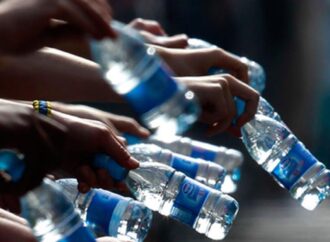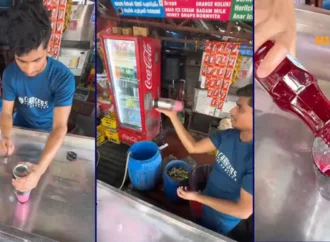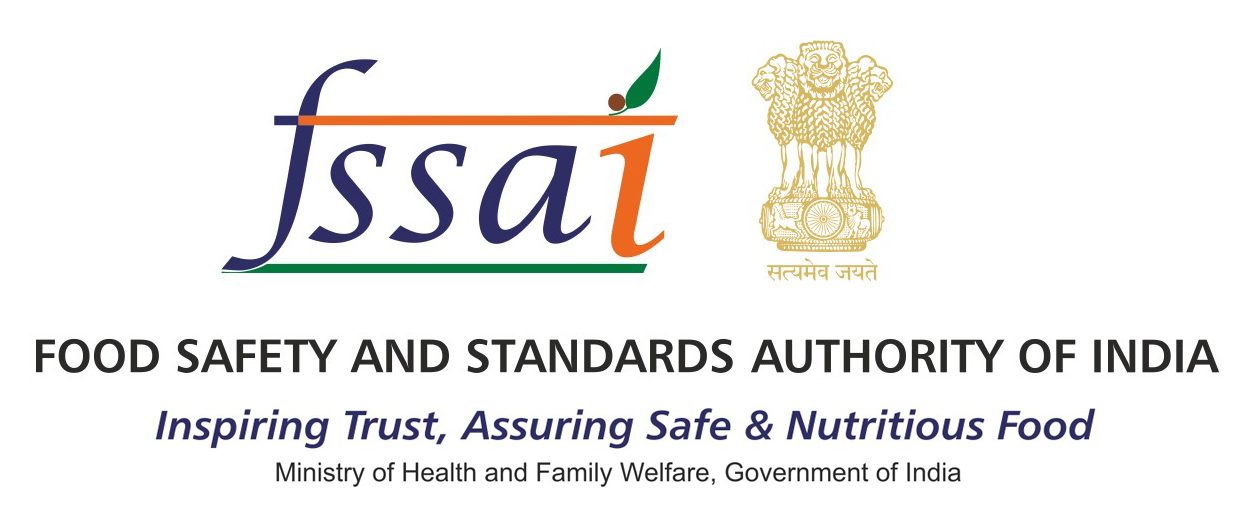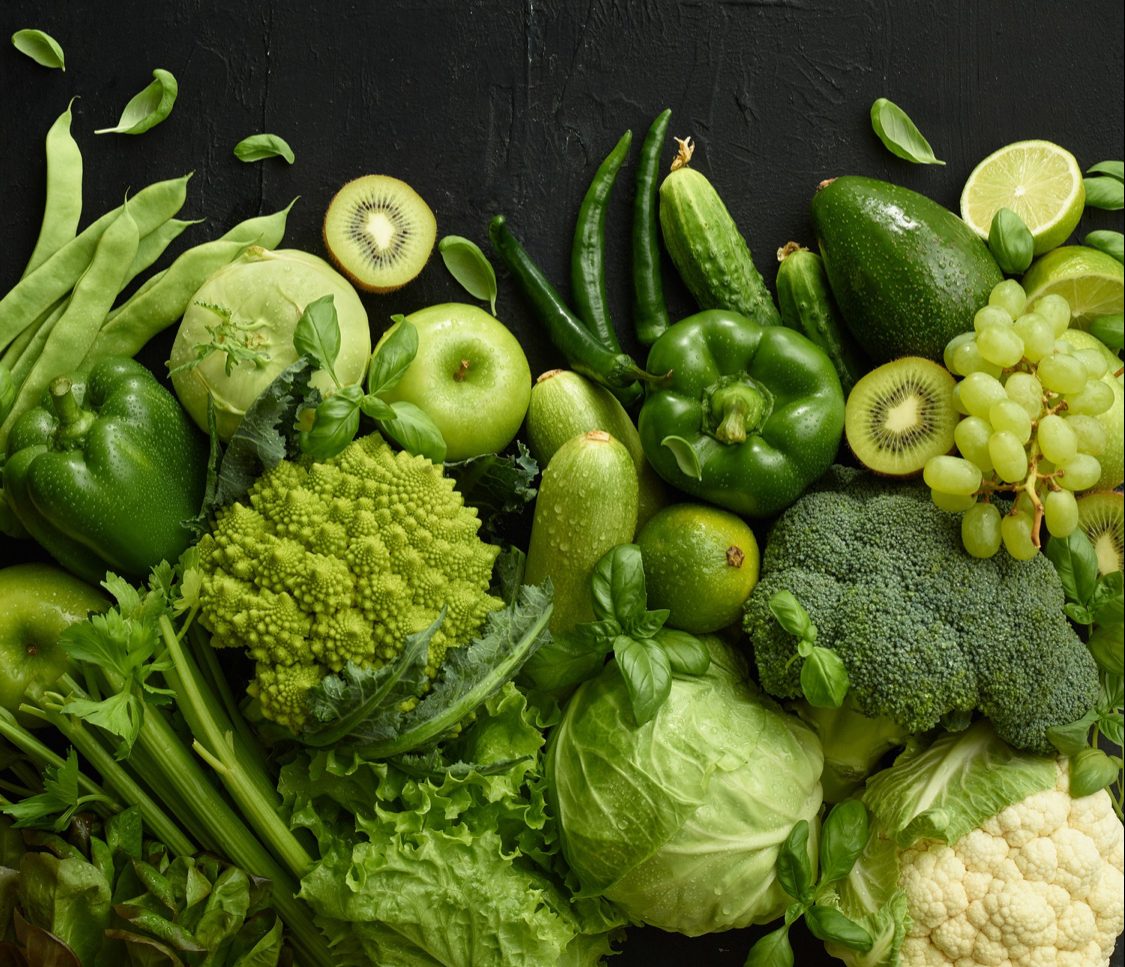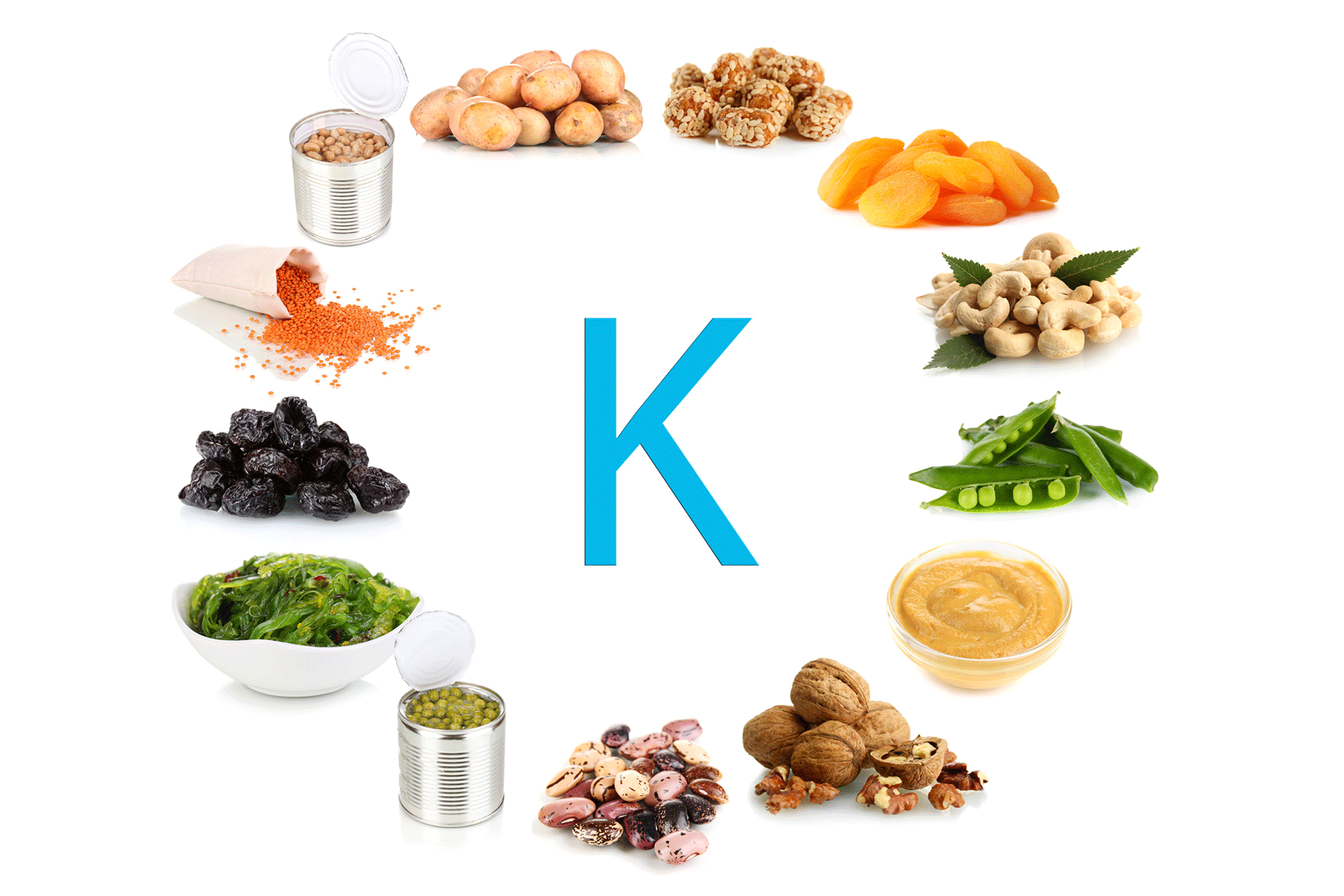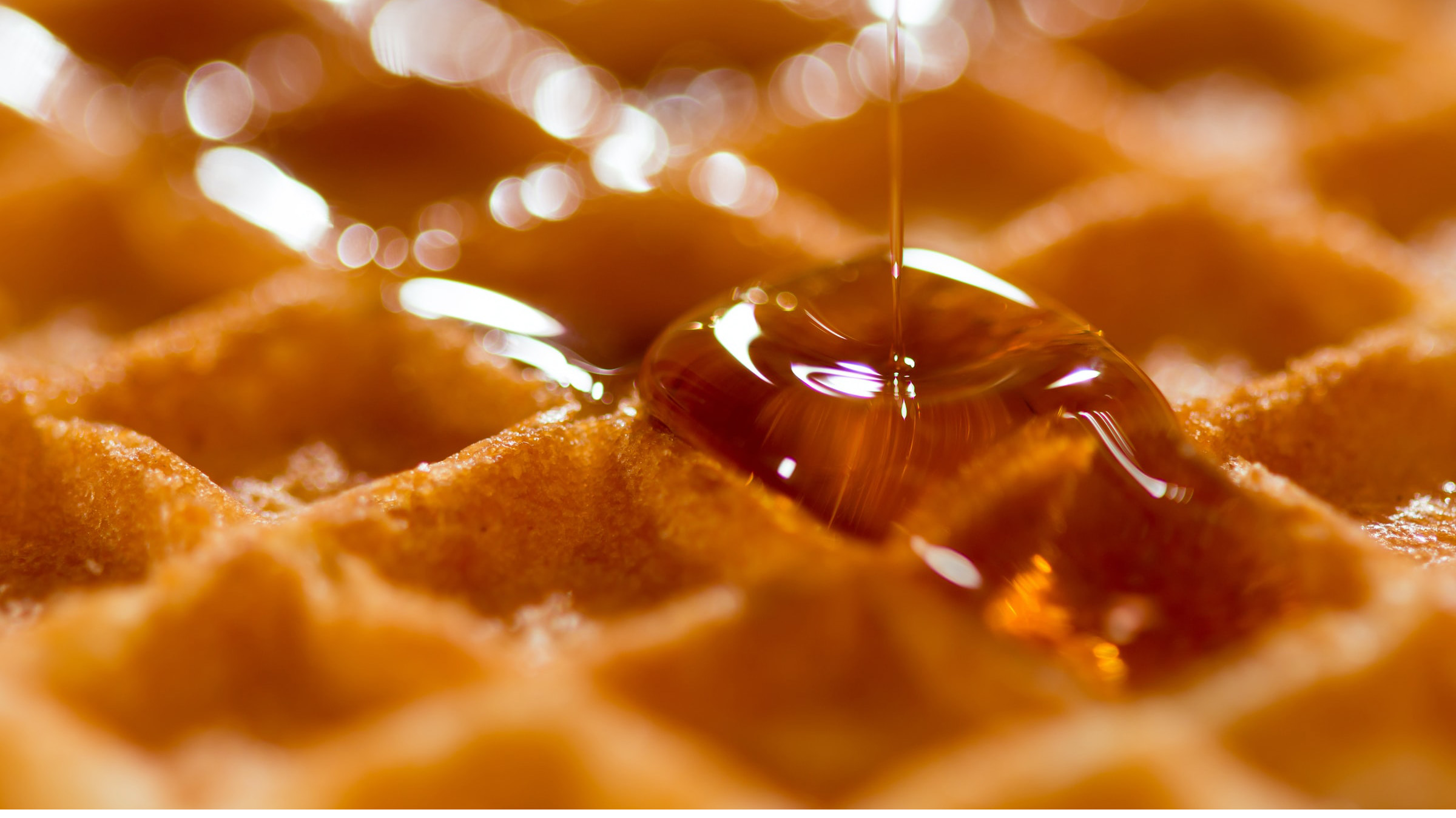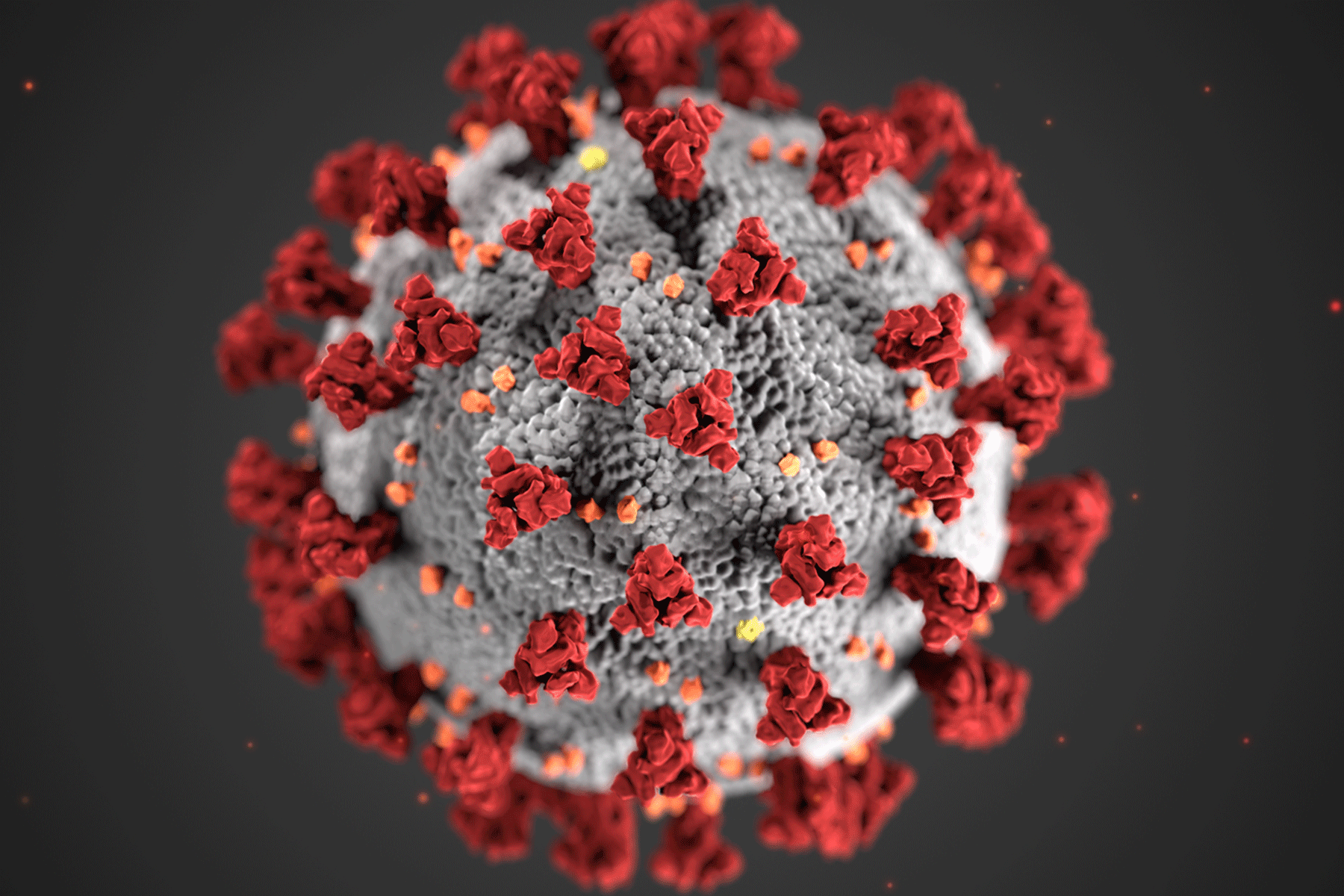Have you ever wondered if burnt food is bad for your health? Some people love its crispy, smoky flavour, while others worry about the risks. When food cooks at high temperatures, it undergoes chemical changes that may produce harmful compounds. Acrylamide, HCAs, and PAHs—found in charred or overcooked food—have raised concerns about cancer risks. But does this mean burnt food is always dangerous? Let’s explore the science, separate myths from facts, and learn how to enjoy flavorful meals without compromising our health.
Understanding Burnt Food and Its Chemical Composition
When food cooks at high temperatures, it undergoes chemical changes that alter its structure and composition. The Maillard reaction enhances flavour and creates a rich brown colour, but excessive heat can produce harmful compounds, including:
Acrylamide – This chemical forms in starchy foods like bread, potatoes, and biscuits when heated above 120°C (248°F). The International Agency for Research on Cancer (IARC) classifies acrylamide as a “probable human carcinogen” based on animal studies.

Heterocyclic Amines (HCAs) and Polycyclic Aromatic Hydrocarbons (PAHs) – These compounds develop when meat cooks at high temperatures, especially during grilling, roasting, or frying. Studies link HCAs and PAHs to DNA damage and potential cancer risks in animals.
Research Findings: Burnt Food and Health Risks
While concerns about burnt food often arise from studies conducted in Western countries, the risks are relevant in India as well. Indian diets include a variety of roasted, fried, and grilled foods, from tandoori dishes to deep-fried snacks like pakoras and samosas. When these foods are exposed to high temperatures, they may develop acrylamide, HCAs, and PAHs—chemical compounds linked to potential health risks.
Although studies on animals have shown a connection between these compounds and cancer, human studies remain inconclusive. Organizations such as the National Cancer Institute (NCI) acknowledge the potential risks but emphasize that no direct link has been established between burnt food and cancer in humans. However, as a precautionary measure, food safety authorities, including the Food Safety and Standards Authority of India (FSSAI) and global agencies like the European Food Safety Authority (EFSA), recommend limiting exposure to acrylamide and other harmful compounds in food.
In India, where deep-fried and roasted foods are widely consumed, moderation and mindful cooking practices can help reduce potential health risks. Simple changes, such as frying at lower temperatures, using healthier cooking oils, and avoiding excessive charring, can make a difference without compromising taste.
Common Burnt Foods and Their Risks
Grilled and Charred Meats
Grilled meats are a staple in many diets, but when cooked over an open flame, they produce PAHs and HCAs. These compounds have been shown to cause mutations in DNA in lab studies, potentially increasing cancer risk.
Toasted Bread and Baked Goods
A piece of toast that is golden brown is fine, but heavily burnt toast may contain high levels of acrylamide. Similarly, over-baked cookies, biscuits, and crackers could pose similar risks.
French Fries and Potato Chips
Deep-fried and oven-baked potato products often contain acrylamide due to their starch content and exposure to high temperatures. Studies suggest limiting consumption of overly browned fries and chips.
Addressing the Myths
Burnt food is good for digestion
This is a common myth, but there is no scientific evidence to suggest that burnt food aids digestion. Excessive consumption of charred food may expose individuals to potentially harmful compounds.
Burnt food loses all its nutrients
While high-heat cooking can degrade certain vitamins and antioxidants, burnt food does not necessarily lose all its nutrients. However, the formation of harmful compounds outweighs any remaining nutritional benefits.
How to Reduce the Risks
While it may not be possible to eliminate acrylamide and PAHs, adopting safer cooking methods can help reduce exposure:
- Opt for gentler cooking methods – Boiling, steaming, and baking at lower temperatures reduce the formation of harmful compounds.
- Avoid excessive charring – If grilling or frying, avoid burning food and cut off any heavily blackened portions before eating.
- Use marinades – Studies show that marinating meat before grilling can significantly reduce HCAs.
- Cook at lower temperatures – Frying and roasting at lower temperatures can minimize acrylamide formation.
Conclusion
Burnt food contains chemical compounds that may pose health risks, particularly when consumed frequently. While occasional indulgence is unlikely to be harmful, making it a habit could increase exposure to potentially carcinogenic substances. The good news? You don’t have to give up your favourite foods—just cook them more mindfully. By using healthier cooking methods, avoiding excessive charring, and being mindful of food preparation, you can enjoy delicious meals while minimizing health risks.
 Food Manifest
Food Manifest 

